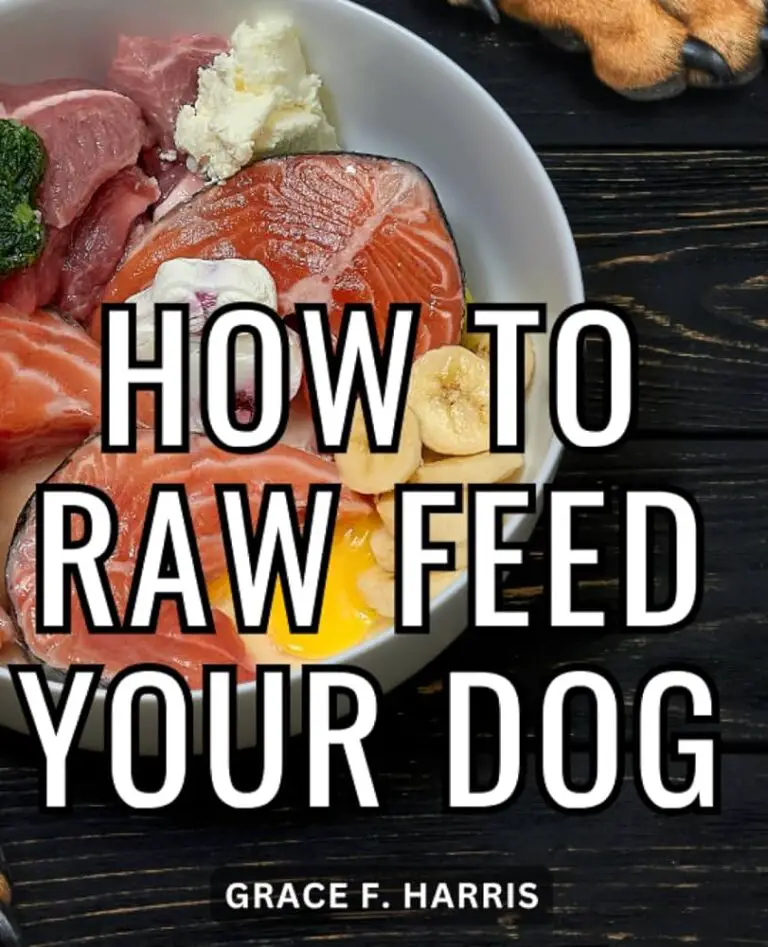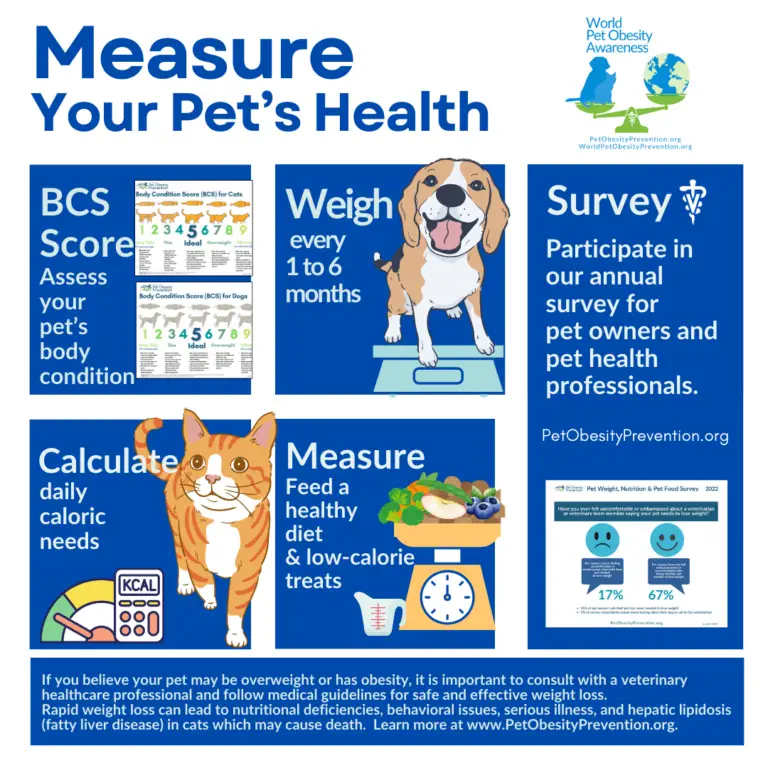Unleashing Optimal Health: Tailoring Nutrition to Your Pet’s Breed
Pet nutrition is a quintessential component of responsible pet ownership. It’s not just about how much food you provide, but also about the quality, balance, and suitability of that diet for your furry friend’s unique needs. One often overlooked dimension of these needs is the influence of breed differences on nutritional requirements. Just like us, pets come in all shapes and sizes, each with their own genetic make-up and predispositions. But are there real differences in how we should be feeding our Golden Retrievers compared to our Siberian Huskies? In this post, we’ll tackle this question, empowering pet owners and nutritionists with a deeper understanding of breed-specific dietary needs.

Understanding the Role of Breeds in Nutrition
Breed differences encompass a wide range of factors that can influence dietary requirements. Genetic makeup, body structure, muscle mass, energy levels, and predisposition to certain health conditions all play into how a breed should be nourished. For example, a large, muscular breed like a Great Dane may require different protein levels compared to a more compact, lean breed like a Dalmatian. Therefore, tailored nutrition isn’t just about the size of the kibble; it’s about the suitability of the nutrient composition for the animal’s genetic blueprint.
The Genetic Influence on Dietary Needs
The famous diversity of dog breeds isn’t just for aesthetic appeal. Selective breeding has honed specific traits in various breeds, some of which affect their metabolism and nutritional needs. Dachshunds, for instance, have a predisposition to weight gain and back issues due to their elongated spines, which may call for diets with different fat and calcium profiles compared to more robust breeds.
Tailoring Nutrition for Size and Activity Levels
Size and energy play a significant role in a pet’s diet. A St. Bernard definitely requires a different type and amount of food compared to a Chihuahua. Nevertheless, activity levels should not be overlooked. An active Pomeranian might need more calories than a sedentary Mastiff. It is essential to consider both factors when tailoring a nutritional plan for your pet’s breed.
Nutritional Guidelines for Common Breeds
Different breeds generally fall into one of the four common size categories – small, medium, large, and extra-large. Based on these categories, there are basic nutritional guidelines that can be followed such as protein and fat content, caloric density, and feeding portions. However, with hybrid vigor being a thing, these are mere starting points towards creating a personalized diet for your pet.
When Tailoring is Not an Option
Certain breeds are known to have specific health conditions that directly relate to nutrition, like the Dalmatian’s predisposition to urinary issues. In such cases, there are dietary requirements that are critical and non-negotiable for maintaining their health and well-being.
Navigating Special Needs and Allergies
Some breeds are more prone to allergies than others. For example, the retriever family often suffers from sensitivities to common allergens like wheat or soy. Identifying allergies and sensitivities is crucial and may require a process of elimination to discover the right diet for your pet.
The Case for Mixed Breeds
While we often focus on purebred dietary needs, mixed breeds have their own, equally unique set of requirements. Their genetic makeup is as likely to influence their nutritional needs, if not more so, due to the wider variety of gene pool contributions. Observation and sometimes genetic testing help in determining the best diet for mutts too.
The Science of Tailoring Diets
Crafting a tailored diet isn’t about guesswork. It requires an understanding of the pet’s unique needs, an evaluation of existing diets, and possible adjustment over time as the pet ages or lifestyle changes. Regular consultation with a veterinarian or animal nutritionist is crucial in maintaining a pet’s health through nutrition.
Real-life Transformations Through Nutrition
Several pets have seen remarkable improvements in their health thanks to the careful tailoring of their diets. From addressing chronic skin problems to managing energy levels in aging pets, the right nutrition can be life-changing.
Concluding Thoughts
In the world of pet nutrition, one size doesn’t fit all, and this is particularly true when considering the diverse needs of various breeds. Whether you’re the proud parent of a Bernese Mountain Dog or a Boston Terrier, understanding and addressing your pet’s breed-specific nutritional needs can enhance their quality of life, health, and longevity. If you’re unsure, seek the advice of professionals who can guide you towards the best nourishment for your beloved companion.
By recognizing the role of breed differences in nutritional requirements, we can foster a deeper connection with our pets and ensure they enjoy the healthiest, happiest life possible. It’s a mutual bond that relies on the thoughtful consideration of every facet of pet care, particularly what’s in their bowl. For more guidance on your pet’s nutritional needs, reach out to nutritionists specializing in animal diets or your trusted vet. After all, our pets give us their very best; it’s only fair we strive to do the same for them.








